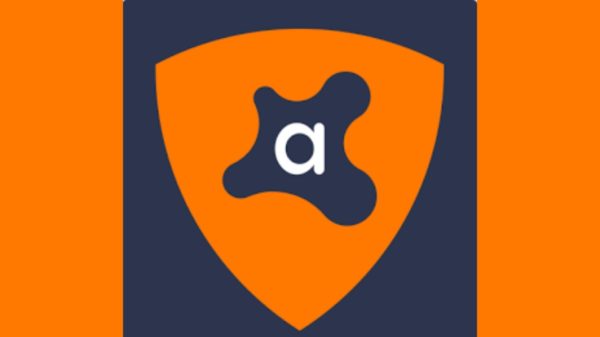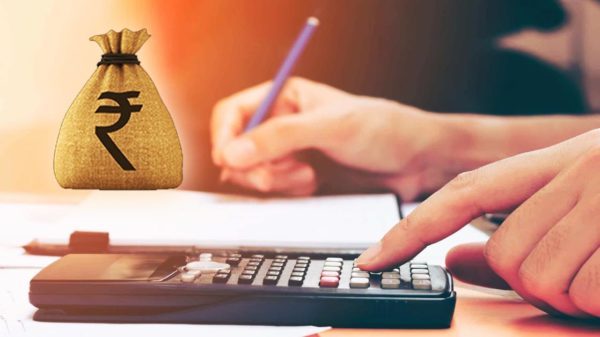The Digital Income Revolution and Its Vulnerabilities
The digital economy has created unprecedented income opportunities for millions of Indians. According to recent data, India’s gig economy is projected to grow to $455 billion by 2023, with digital services contributing significantly to this figure.
However, this online gold rush comes with unique financial vulnerabilities. Unlike traditional employment, digital income often fluctuates unpredictably and lacks institutional safeguards. More concerning is the constant threat of cybercrime—from ransomware attacks that can lock you out of your livelihood to sophisticated phishing schemes targeting your hard-earned money.
Cybersecurity professionals, who understand these threats better than anyone, have increasingly turned to fixed deposits as their preferred method of income protection.
Why Fixed Deposits Appeal to Security-Conscious Professionals
However, why would tech-savvy individuals choose this seemingly traditional investment option? The reasons are multifold:
The Security-First Mindset
Cybersecurity experts are trained to identify and mitigate risks. This professional mindset naturally extends to their personal finances because:
- The original investment remains intact.
- No surprises or volatility in returns.
- Protection from digital threats as money is secured in regulated financial institutions.
- FDs are straightforward investments that don’t require constant monitoring.
The Psychological Comfort Factor
For professionals who deal with digital uncertainties daily, the psychological value of a guaranteed investment cannot be overstated. Fixed deposits provide a mental safe haven—a financial fortress separate from the volatile digital economy.
Did You Know? Airtel Finance FDs are digitally safer, as they can’t be used for daily transactions, reducing exposure to cyber threats like hacking or phishing.
Guaranteed Returns in an Uncertain Digital Landscape
Fixed deposit interest rates range from 5.5% to 8.80% depending on the tenure and institution. While these may seem modest compared to potential stock market gains, cybersecurity professionals value the certainty more than the possibility of higher returns.
How Cybersecurity Professionals Optimise Their Fixed Deposit Strategy
Cybersecurity professionals know that true security extends beyond networks to personal finance. Hence, their approaches to safekeeping their earnings include:
The FD Ladder Approach
Cybersecurity professionals often employ a sophisticated strategy known as ‘laddering’ to maximise both liquidity and returns.
*Interest rates are illustrative and may vary across institutions
This approach ensures that a portion of funds is always accessible while the longer-tenure deposits earn higher fixed deposit interest rates.
Diversification Across Institutions
Many cybersecurity professionals spread their fixed deposits across finance providers including Airtel Finance and non-banking financial companies. This ensures:
- Additional security through deposit insurance diversification.
- Opportunity to capitalise on different fixed deposit interest rates.
- Protection against institutional risks.
- Exposure to different features and benefits.
Digital Security Best Practices
When managing fixed deposits online, such as using the Airtel Thanks App, cybersecurity professionals recommend:
- Using unique, strong passwords for banking portals.
- Enabling multi-factor authentication.
- Avoiding public Wi-Fi for financial transactions.
- Regularly monitoring accounts for unusual activity.
- Being wary of phishing attempts disguised as bank communications.
Pro Tip: While diversification is important, cybersecurity professionals allocate 30-40% of their savings to fixed deposits as a stable foundation.
Fixed Deposits vs Alternative Investment Options
For digital income earners, fixed deposits offer unique advantages compared to other investment options:
Leveraging FDs for Financial Flexibility
Imagine you’re a freelance cybersecurity consultant who has secured a ₹5 lakh fixed deposit. A major client opportunity arises requiring immediate investment in specialised equipment costing ₹3 lakhs.
Rather than breaking your FD (and losing interest), you can obtain a loan against it at 1-2% above the FD interest rate. This approach provides immediate liquidity while keeping your investment intact: a perfect balance of opportunity and security.
The Digital Documentation Advantage
For opening fixed deposits, most financial institutions now offer:
- Online application processes.
- Digital KYC verification.
- Paperless documentation.
- Automated renewal options.
- Online interest calculators.
In a world where digital income faces both cybersecurity and economic uncertainties, fixed deposits offer a reliable sanctuary for your hard-earned money. Their combination of guaranteed returns, security, and stability provides the perfect counterbalance to the inherent volatility of digital income streams.
By applying the strategies used by cybersecurity professionals, you can create a financial fortress that protects and grows your digital income. Consider exploring fixed deposit options through Airtel Finance to secure your digital earnings with confidence.
FAQs
1. How do fixed deposit interest rates compare to inflation rates in India?
Fixed deposit interest rates range from 5.5% to 8.8%, while India’s inflation rate averages 4-6%. Select longer tenures or special FD schemes to outpace inflation.
2. Can I access my money in a fixed deposit during emergencies?
Yes, most banks allow premature withdrawal from fixed deposits with a modest interest penalty. Alternatively, you can take a loan against your FD while preserving your interest earnings.
3. How are fixed deposits taxed in India?
Interest earned on fixed deposits is taxable as ‘Income from Other Sources’ at your applicable income tax slab rate. TDS is deducted at 10% if interest exceeds ₹40,000 annually (₹50,000 for senior citizens).
4. What documentation is required to open a fixed deposit account?
Most institutions require KYC documents, including PAN card, Aadhaar card, address proof, and a photograph. Digital KYC options are increasingly available as well.
5. How can I maximise returns on my fixed deposits?
Compare fixed deposit interest rates across institutions, consider tax-saving FDs, opt for longer tenures, choose quarterly or cumulative interest options, and use FD laddering to optimise both returns and liquidity.


















































You must be logged in to post a comment Login